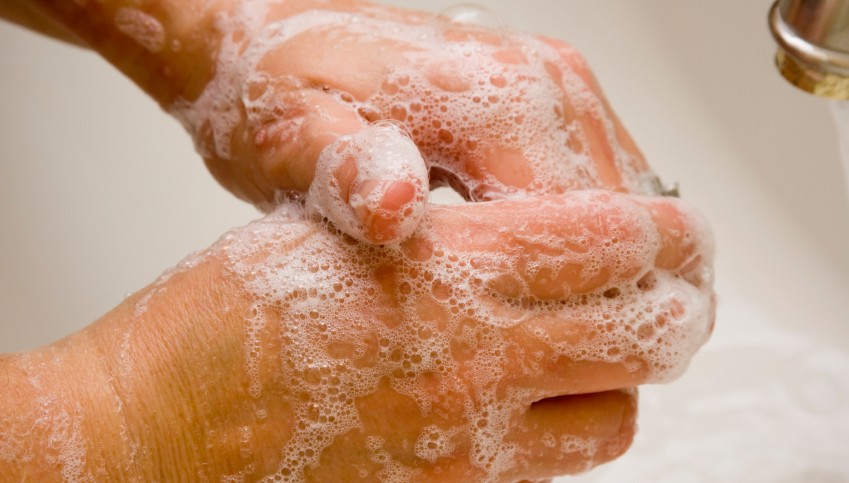On Friday, September 2nd 2016, the FDA issued a final rule banning the use of 19 different chemicals in antibacterial soaps. The final rule applies to consumer wash products containing one or more of the 19 banned chemicals including the most commonly used ingredients in liquid and bar soaps, triclosan and triclocarban.
According to the U.S. Food and Drug Administration (FDA), there is lack of scientific evidence to support the claim that antibacterial soaps are more effective than plain soap and water. In addition, there is some data suggesting long-term exposure to certain antibacterial chemicals can pose health risks such as bacterial resistance, muscle weakness, and hormone cycle disruption.
In December of 2013, due to consumers’ extensive exposure to the chemicals, the FDA issued a proposed rule requiring manufacturers to provide safety and efficacy data on their products. Several companies began phasing out these chemicals; however, those still utilizing them were required to prove the long-term safety for daily use as well as greater effectiveness in comparison to plain soap and water.
Upon finalization of the rule on September 2nd, 2016 no manufacturers had provided the minimum data necessary to prove the safety and efficacy of any of the 19 banned chemicals. Therefore, the FDA lacked evidence to find the chemicals Generally Recognized as Safe and Effective (GRAS/GRAE). Companies currently using the banned ingredients will have one year to eliminate them or remove their products from the market altogether. The rule does not apply to hand sanitizers or antibacterial agents used in healthcare settings.
If you are seeking to identify triclosan or other antibacterial agents, GC-MS can be used to detect trace levels of antibacterial chemicals in municipal water, soils, and consumer products. CPG performs routine and custom GC-MS, and can assist in determining quantitative levels of antibacterial agents in materials.

